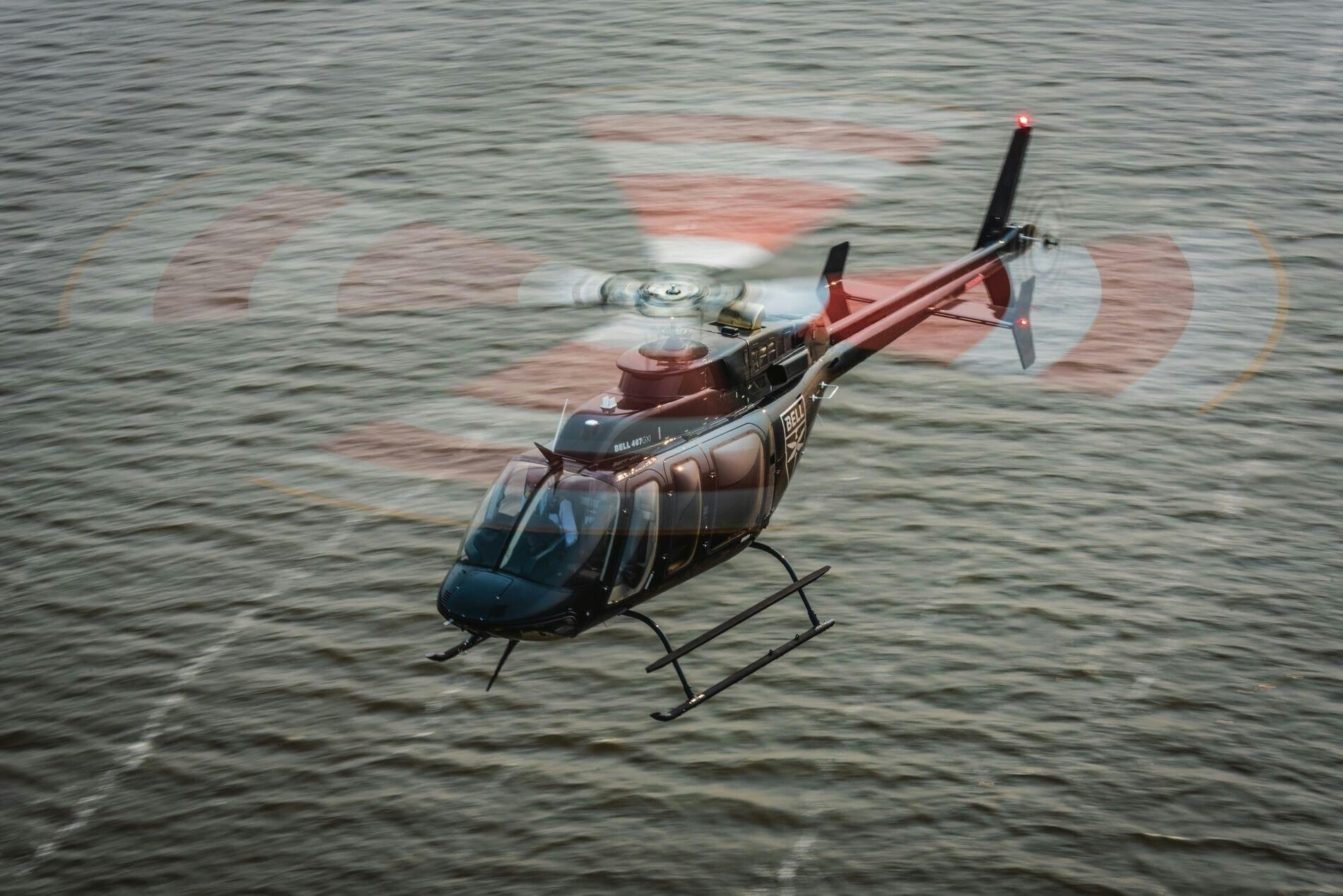
AeroGenie: il tuo copilota intelligente.
Tendenze
Categories
CALC to Lease Two Airbus A320neo Aircraft to Air Cairo
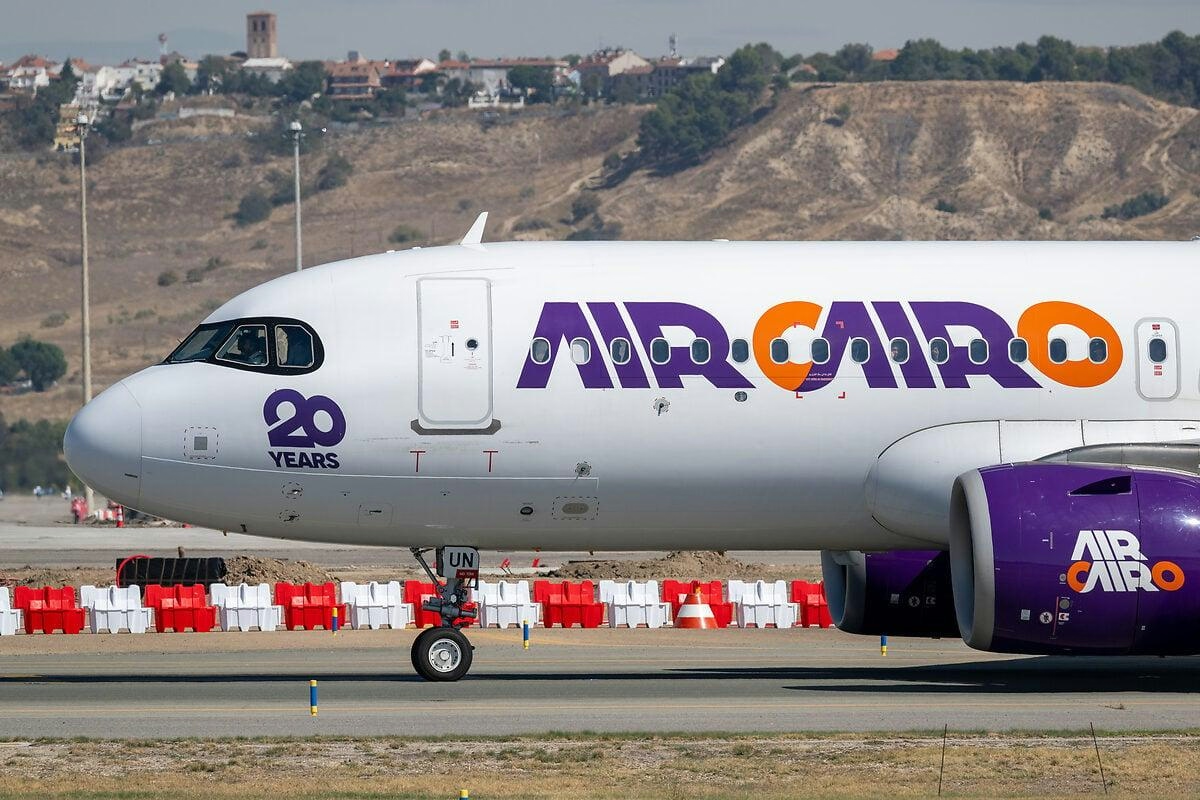
CALC to Lease Two Airbus A320neo Aircraft to Air Cairo
China Aircraft Leasing Group (CALC), a prominent provider of comprehensive aircraft solutions, has entered into a lease agreement with Egyptian carrier Air Cairo for two new Airbus A320neo aircraft. These jets, equipped with CFM LEAP-1A engines, are slated for delivery in the second quarter of 2026. The acquisition is part of Air Cairo’s broader strategy to expand its fleet and develop new routes, reinforcing its position in both domestic and international markets.
Strengthening Presence in the EMEA Region
This agreement marks a significant step in CALC’s efforts to bolster its footprint across the Europe, Middle East, and Africa (EMEA) region. The company continues to emphasize the provision of modern, fuel-efficient aircraft tailored to meet the evolving needs of airlines. CALC’s Aircraft Configuration and Delivery (AC&D) team will collaborate closely with Air Cairo to implement the airline’s first head-of-version Airspace cabin configuration. This next-generation cabin design aims to enhance passenger comfort and operational flexibility, aligning with Air Cairo’s long-term growth objectives.
Winnie Liu, President and Chief Commercial Officer of CALC, expressed confidence in the partnership, stating, “We are proud to support Air Cairo's growth plan with advanced, fuel-efficient aircraft and to deliver their first Airspace cabin solution. We look forward to building a long-term close partnership with Air Cairo through more transactions and collaborations in the future.”
Navigating Industry Challenges Amid Expansion
The partnership between CALC and Air Cairo, which began in 2023 with the lease of two A320neo aircraft, reflects a growing collaboration. Air Cairo currently operates a fleet of 37 aircraft, serving 50 destinations worldwide. The addition of these two new A320neos is expected to help the airline accommodate rising passenger demand, reduce operational costs, and improve environmental performance.
However, this expansion occurs against a backdrop of ongoing industry-wide supply chain challenges that may impact aircraft delivery schedules and operational efficiency. Recent discussions among aviation leaders have highlighted these issues, which continue to affect the sector globally. The short-haul market is also experiencing intensified competition, with low-cost carriers such as Cebu Pacific maintaining a strong regional presence. In response, competitors like China Airlines are pursuing strategic fleet adjustments, including acquiring additional A350-900s and A321neos to better position themselves amid shifting market dynamics.
Furthermore, the leasing and operational environment remains influenced by persistent engine reliability concerns, particularly involving Pratt & Whitney powerplants. These issues have affected maintenance costs and fleet planning decisions across the industry. While CALC’s A320neo aircraft for Air Cairo will utilize CFM LEAP-1A engines, the broader context of engine supply and maintenance continues to be a critical consideration for lessors and airlines alike.
As CALC and Air Cairo deepen their collaboration, both companies face the challenge of navigating these industry headwinds while striving for growth and operational excellence in an increasingly competitive and rapidly evolving aviation market.

Europe Advances Aviation Sustainability Through SAF Mandates and Innovation

Lufthansa's Fleet Plans for 2025

Fifteenth National Games Model Aviation Finals in Longhua Showcase Drone Sports and Innovation
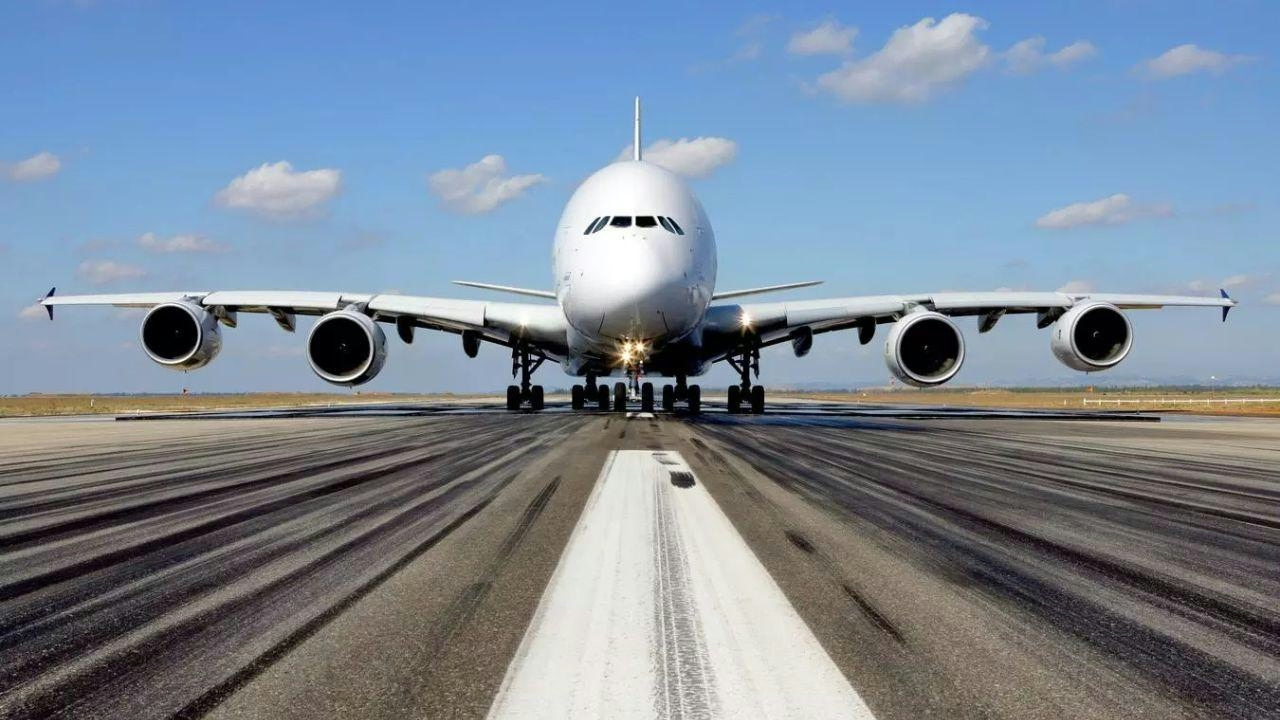
Brazilian Woman Becomes First Female Captain of Airbus A380
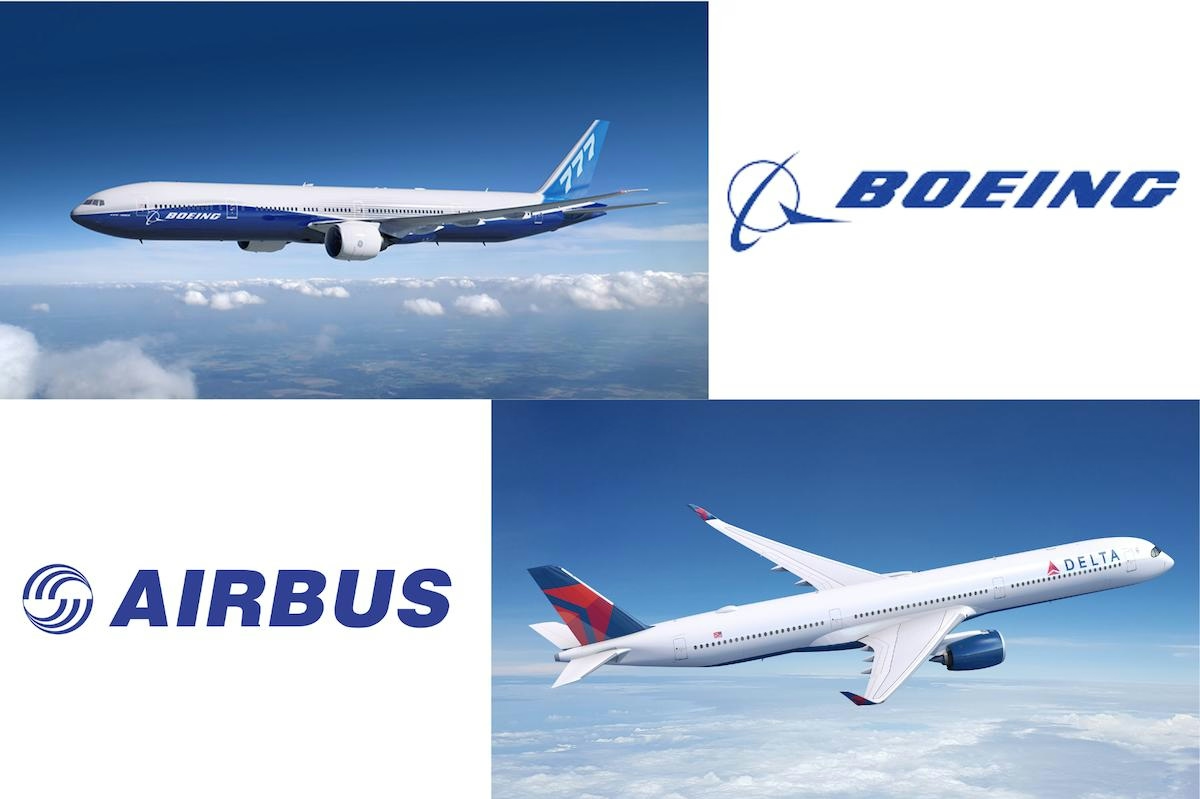
Airbus and Boeing: Comparing Their Global Reach

Vietjet Orders 100 Airbus A321neo Jets, Strengthening UK-Vietnam Strategic Partnership
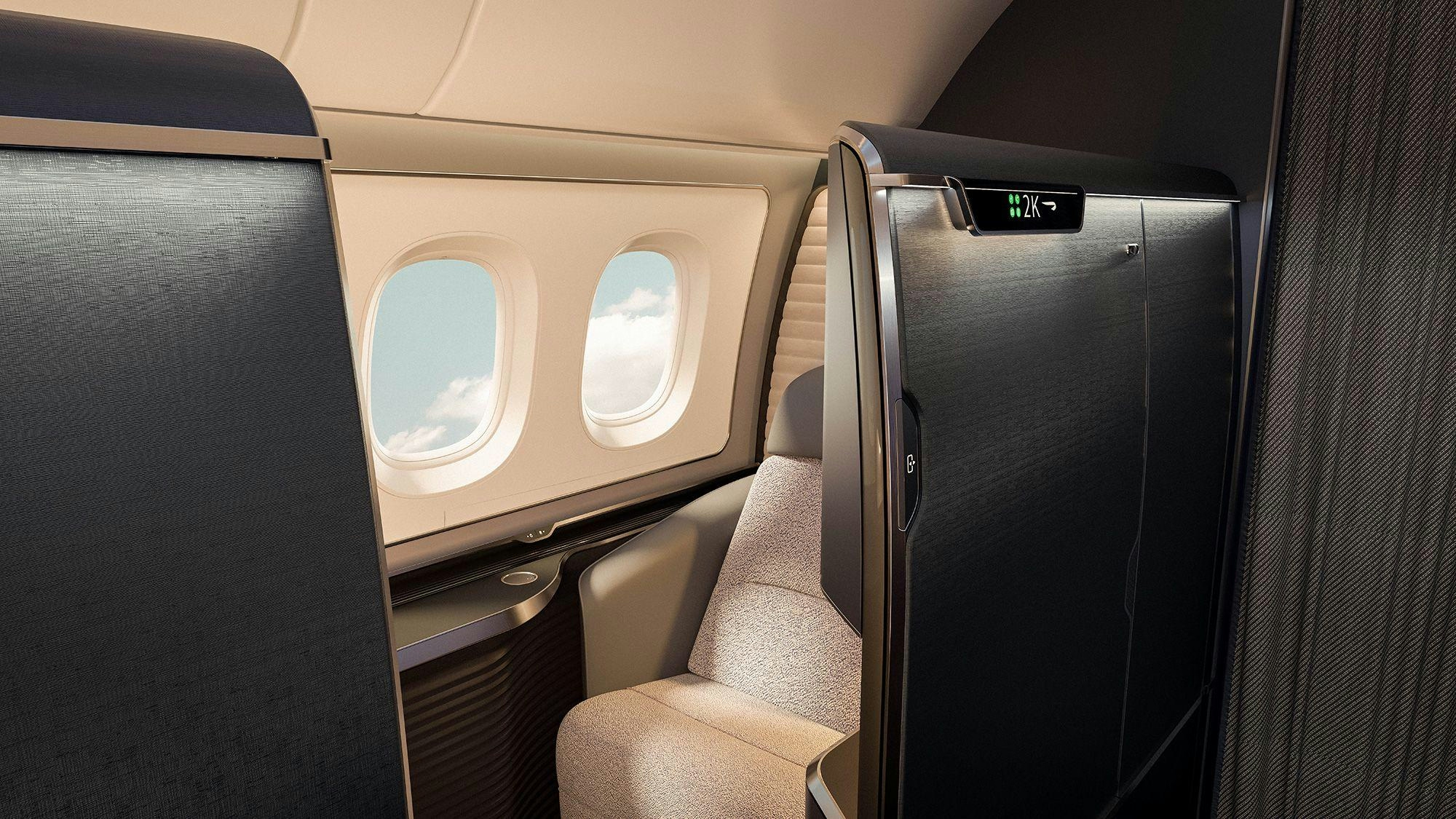
The Aircraft Set to Replace the Iconic Superjumbo

Delta Air Lines Introduces AI-Powered Concierge Service

Shanghai to Host 2025 North Bund International Aviation Forum
